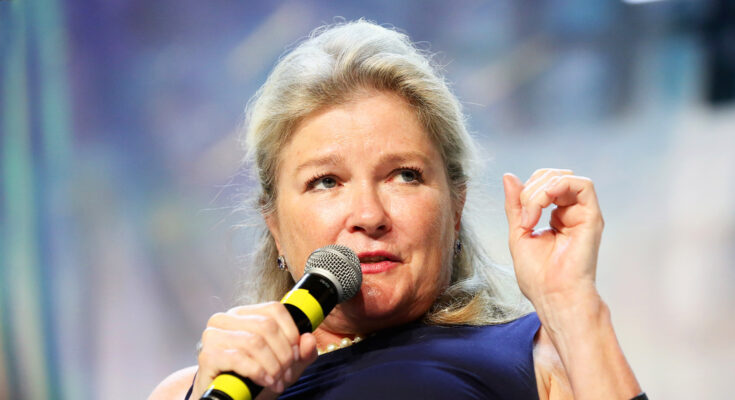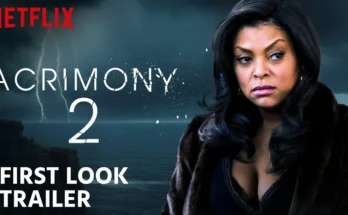She returned to set just two days after childbirth, cradling a stunt baby while delivering a monologue about undying love. Off camera, she had surrendered her real newborn to adoption and was already pleading to undo the decision. However, the agency firmly refused.It was in the mid-1970s. She was young and newly famous and had just stepped into a career that demanded perfection beneath unforgiving studio lights. Her face had become a familiar presence in American living rooms, yet behind the scenes, she wrestled with a private crisis invisible to her audience.
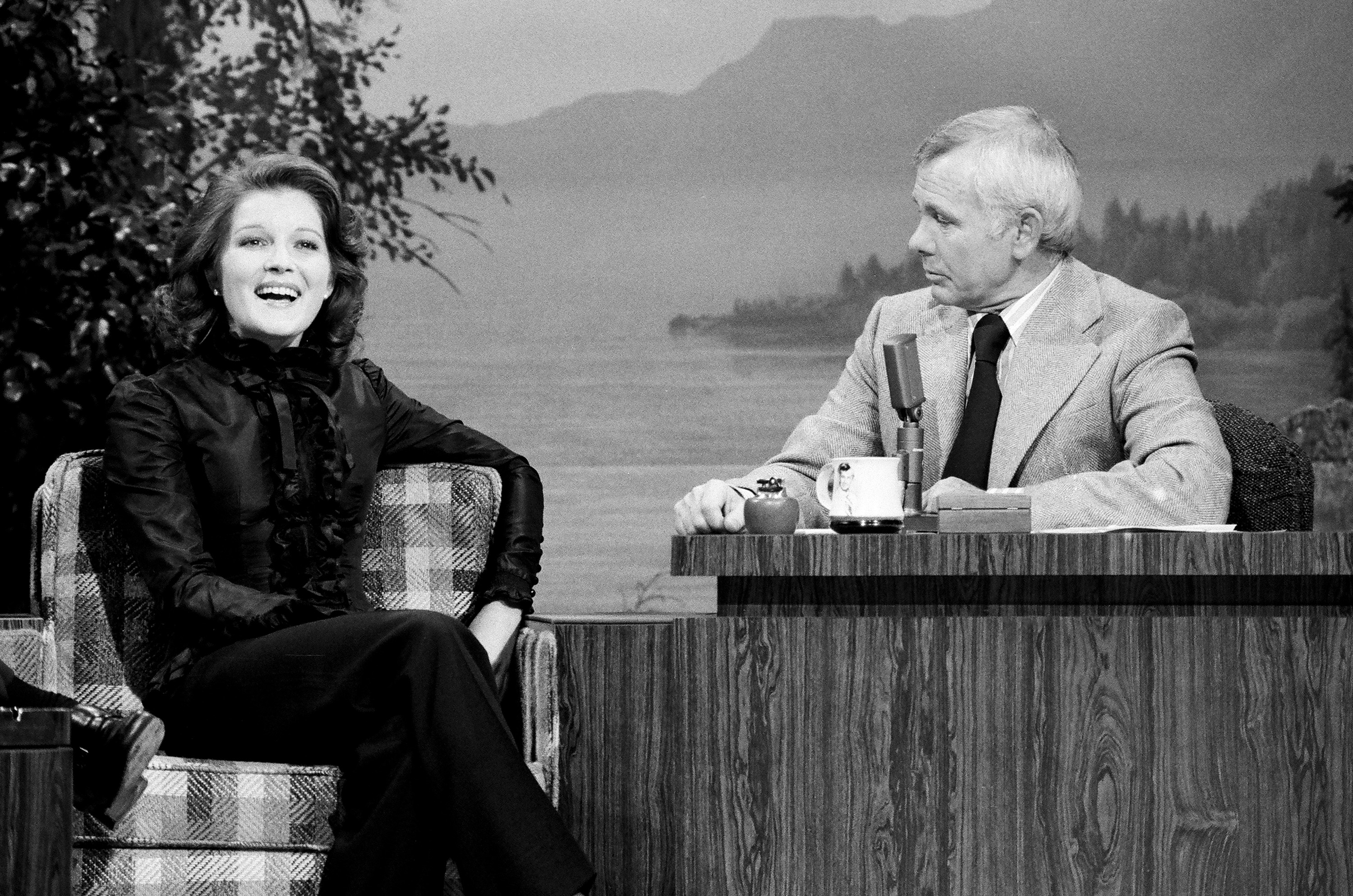
The actress appears on “The Tonight Show Starring Johnny Carson” on March 22, 1979 | Source: Getty Images
With no partner to lean on and little support, she made the painful choice to place her baby for adoption, just three days after giving birth. What the cameras never captured was the relentless search that followed, fueled by regret, unanswered questions, and a silent, unwavering hope.
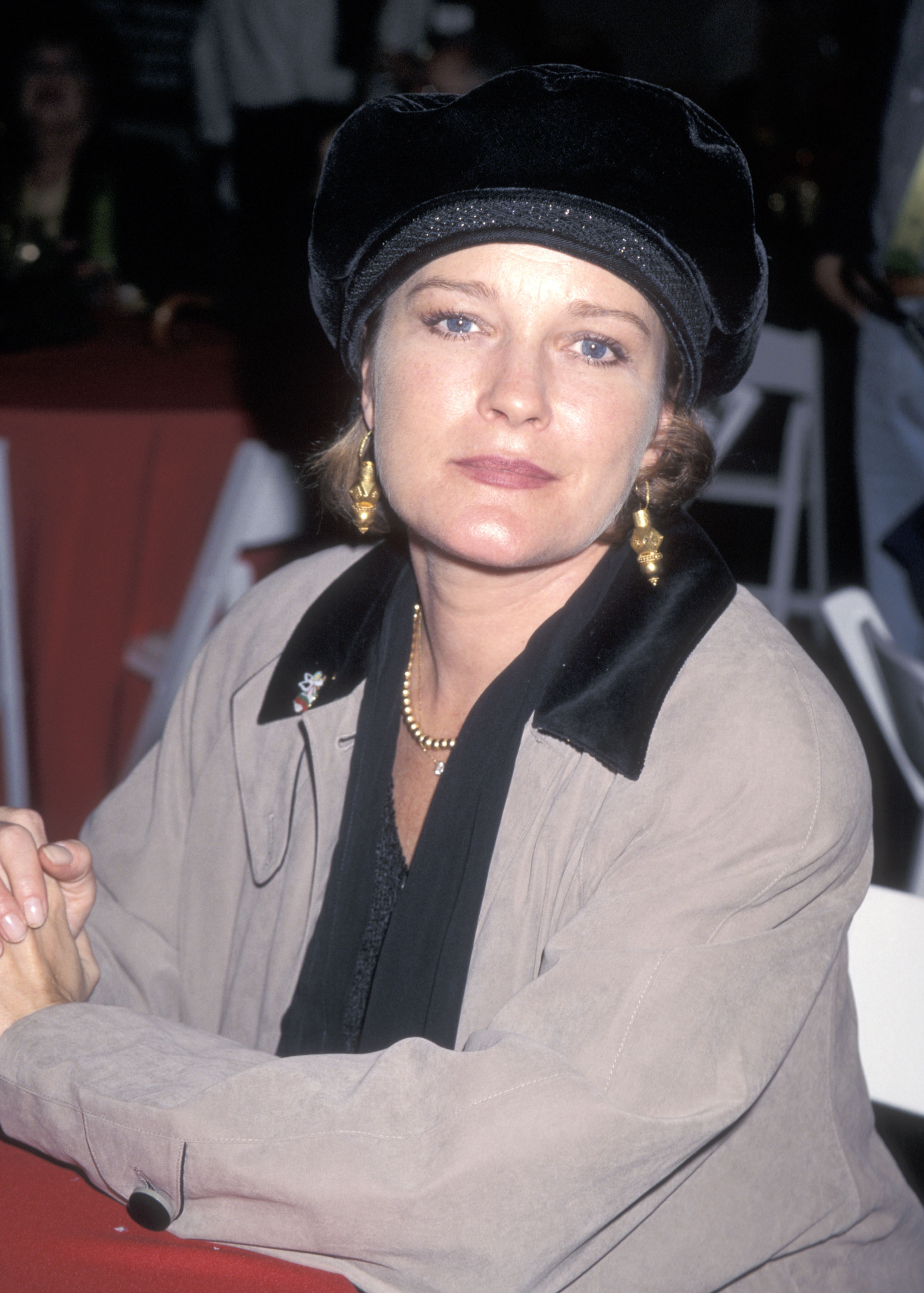
The actress attends the 66th Annual Hollywood Christmas Parade on November 30, 1997 | Source: Getty Images
A Rising Star in Soap Opera Fame
In 1975, at just 20 years old, she was cast as Mary Ryan in the new ABC soap opera “Ryan’s Hope.” The series followed an Irish-American family in New York and quickly gained a loyal daytime audience. Her performance made an immediate impact. Practically overnight, she became a household name.
Viewers quickly grew attached to her. “Whole gaggles of girls would stop me on the streets of New York, ‘Mary Ryan! Mary Ryan!’ I remember that. It was big,” she recalled. The sudden fame was overwhelming but welcomed.
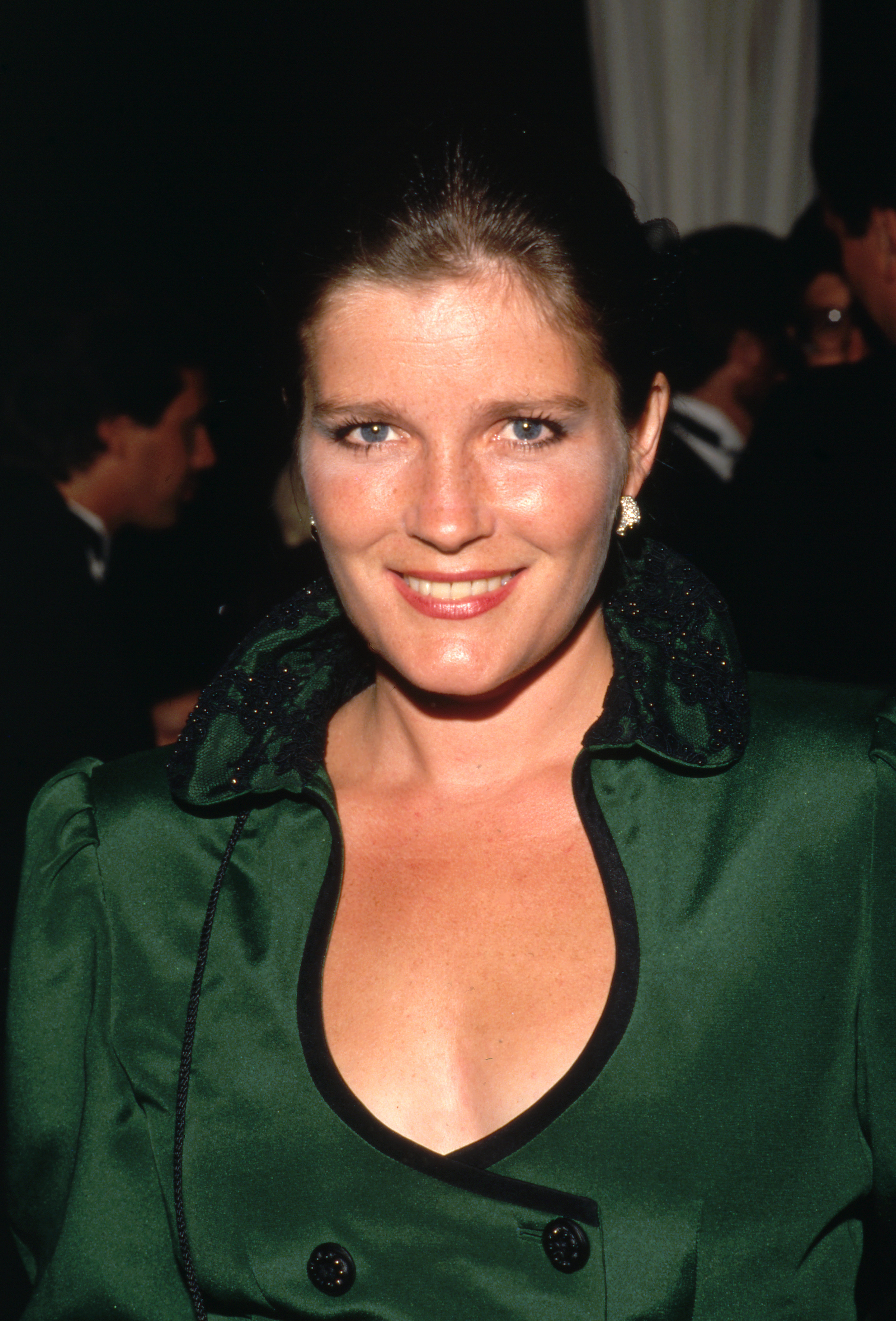
The actress pictured, circa 1980s | Source: Getty Images
At the time, she had only just left her hometown of Dubuque, Iowa, where she had grown up in a large Irish Catholic family. Her move to New York had been a leap toward something bigger, and it had paid off faster than expected. But just as she was settling into the rhythm of her breakout role, a personal development threatened to unravel everything.
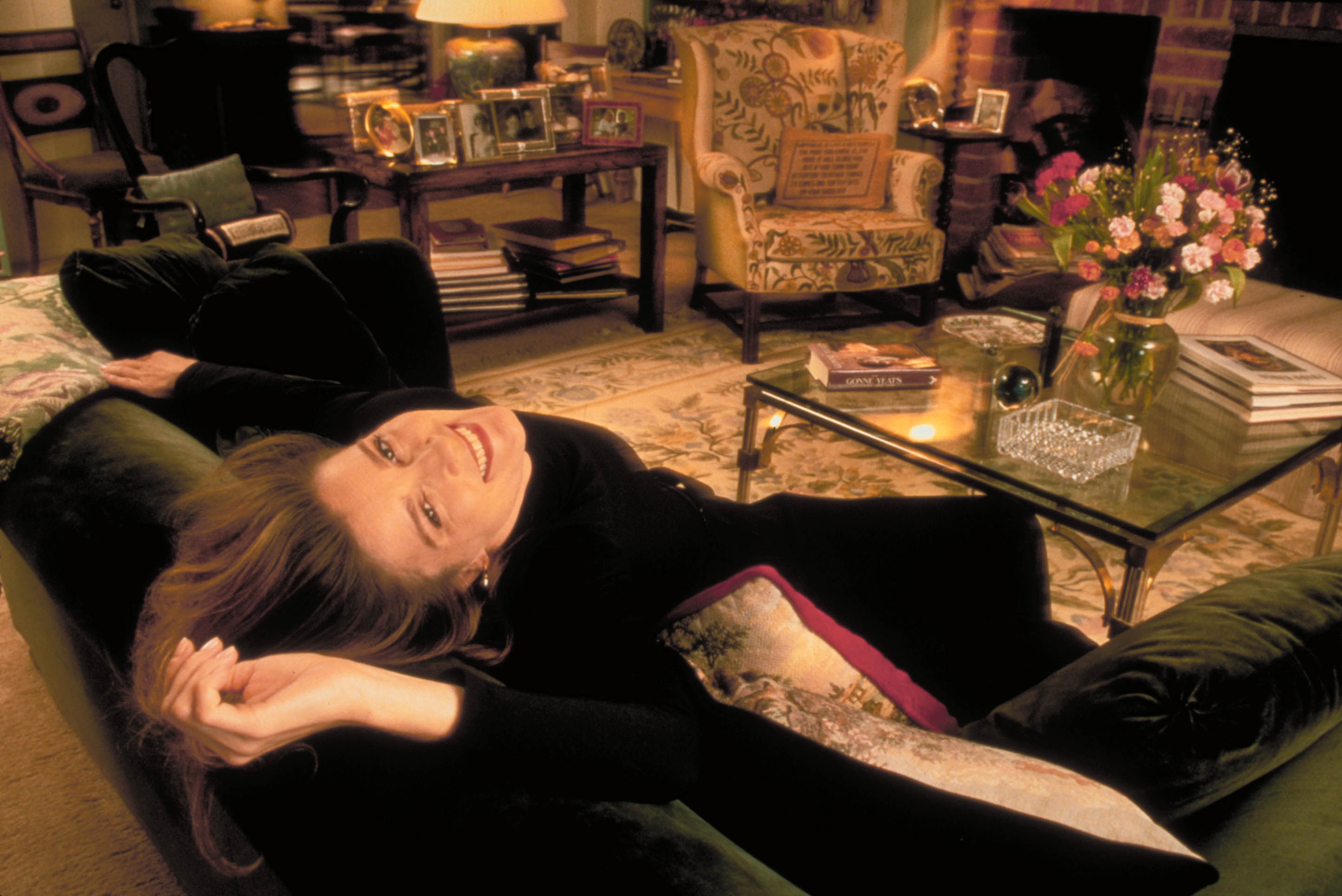
The actress pictured on December 13, 1994 | Source: Getty Images
Alone, Pregnant, and Under Pressure
At the height of her early success, she discovered she was pregnant. The child’s father was an assistant director on “Ryan’s Hope.” Although they cared for each other, marriage wasn’t on the table. “He’s a good, good guy. We were just too young,” she later said.
They parted ways during a conversation on a bench near Central Park, where he told her, “I wish I’d never met you.” 22 and alone, she faced the decision with limited support. Her mother was neither physically nor mentally able to help.
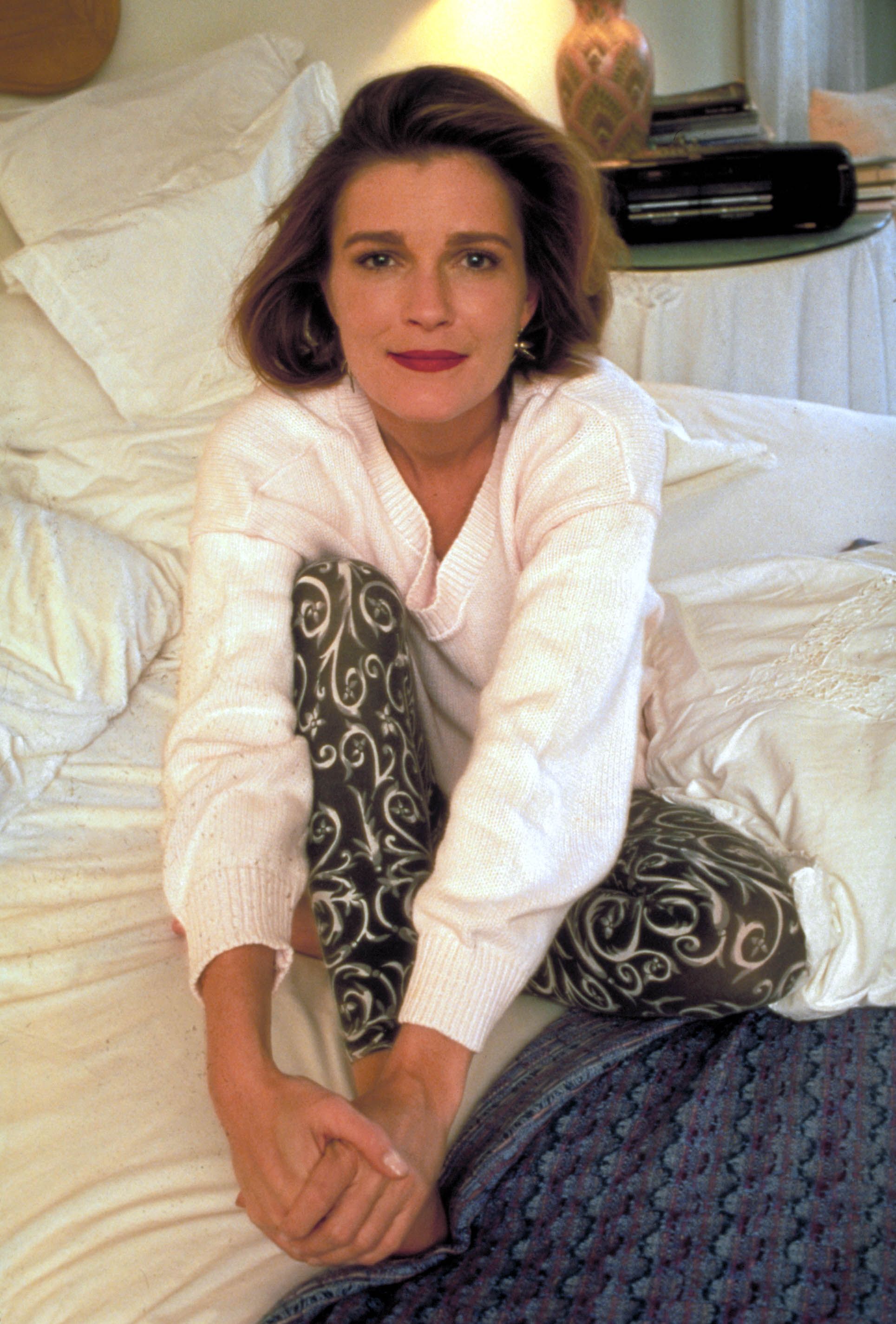
The actress pictured on December 13, 1994 | Source: Getty Images
Her agent and several friends discouraged her from keeping the baby, and the child’s father suggested an abortion. But she was resolute. “I was single, alone, and flooded with terror. But I knew I would have that baby,” she recalled. Still, keeping the baby wasn’t an option she felt she could manage.
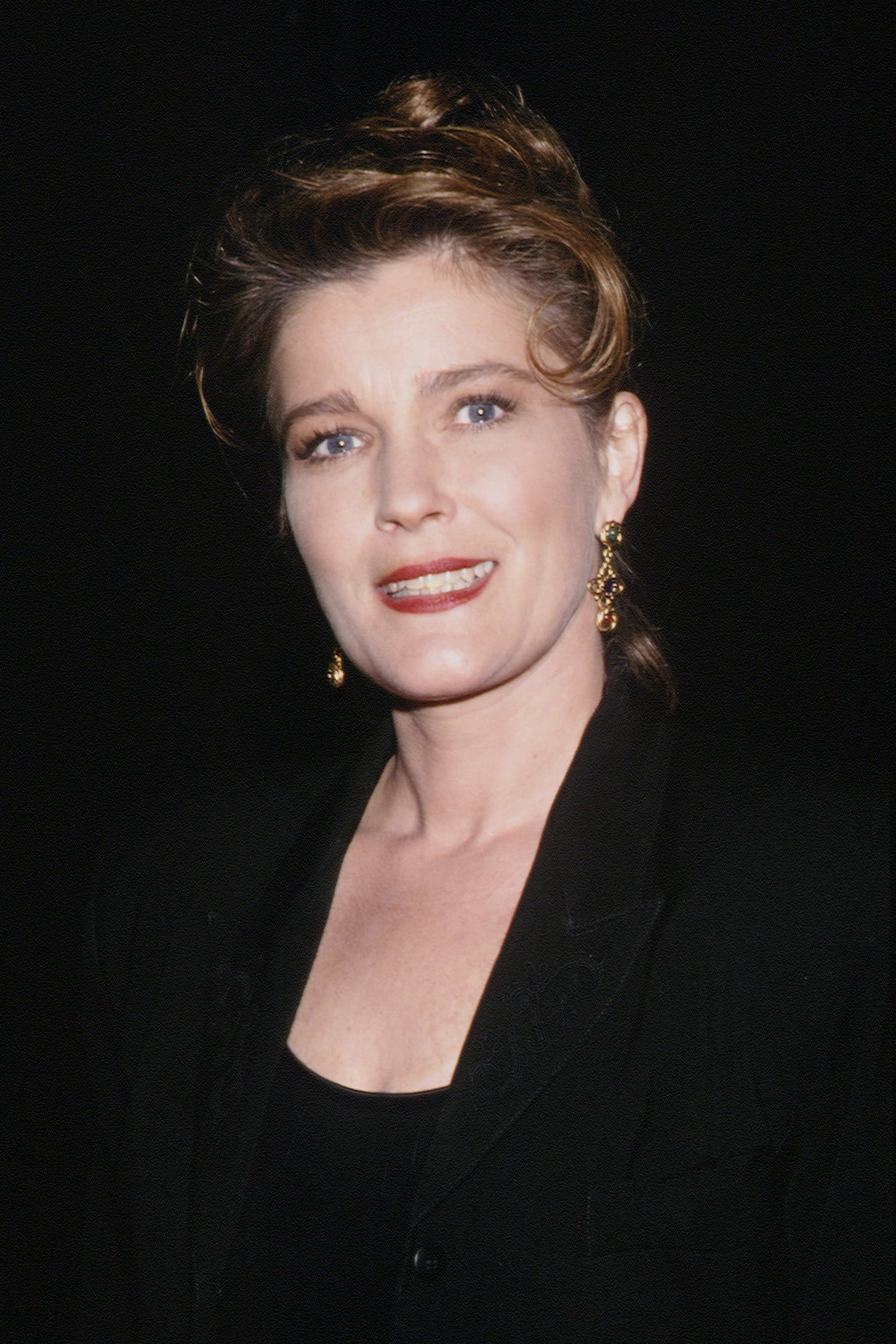
The actress pictured in 1995 | Source: Getty Images
She turned to Catholic Charities and made arrangements for adoption. “It was a choice, the only one I could make,” she said. Despite the pressure, she offered to leave the show, but the creator, Claire Labine, refused and instead wrote her pregnancy into the script.
In an era where being single and pregnant on national television was unusual, she continued working, even as her real-life circumstances grew heavier each day. But the most difficult part was still ahead.
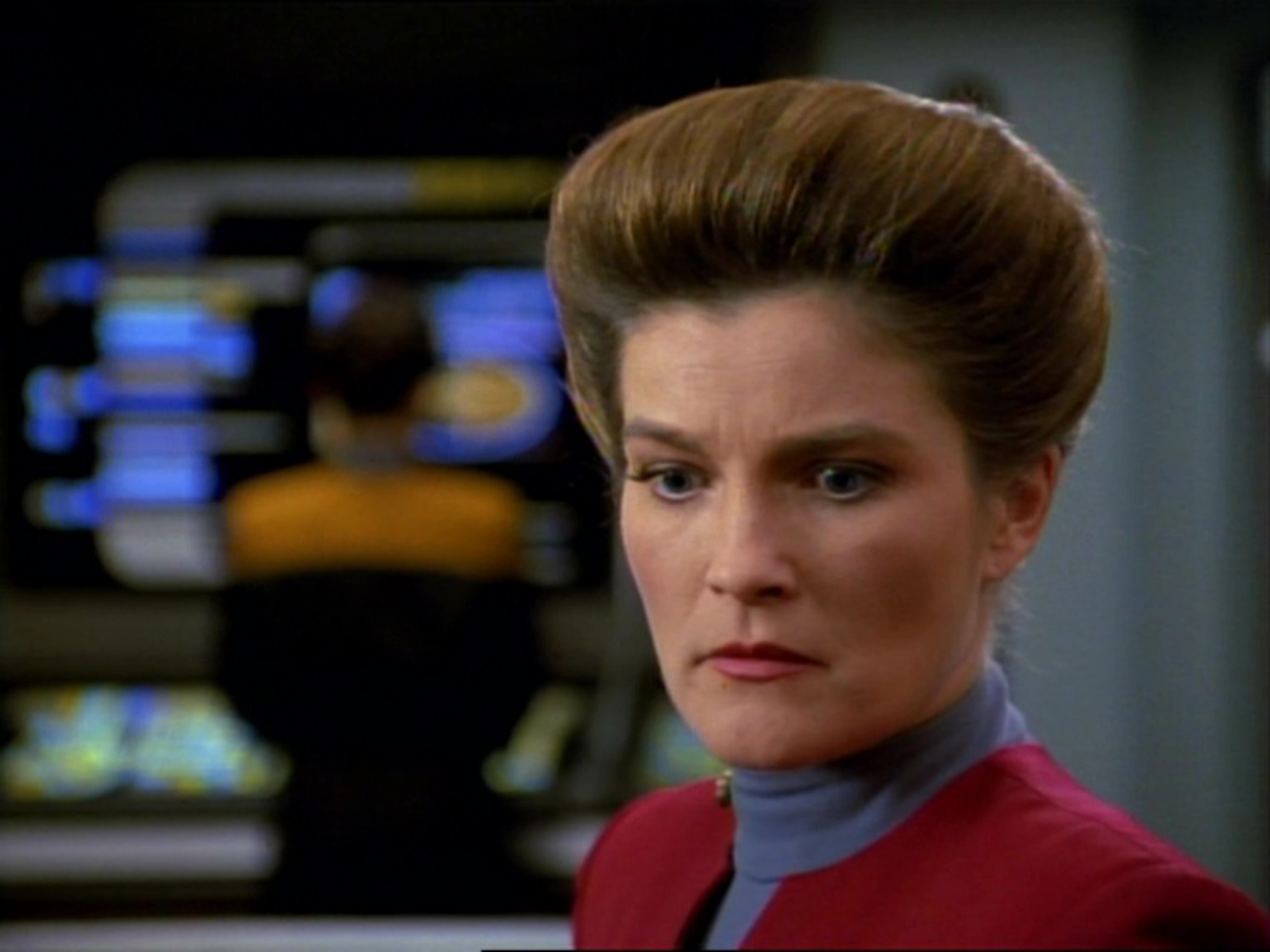
The actress pictured on April 10, 1995 | Source: Getty Images
Childbirth, Separation, and an Unbearable Return to Set
In 1977, she gave birth to a baby girl. Three days later, as arranged through the agency, she placed her daughter for adoption. Just two days after that, she was back on the set of “Ryan’s Hope,” filming a scene in which her character brings a newborn home from the hospital.
The baby used on set was a stunt infant, but the script called for a heartfelt monologue. “That was the hardest moment of my life — walking onto that set with that stunt baby and delivering a monologue about love, fidelity, endurance, and ‘I will never leave you,’ without falling apart,” she later said.
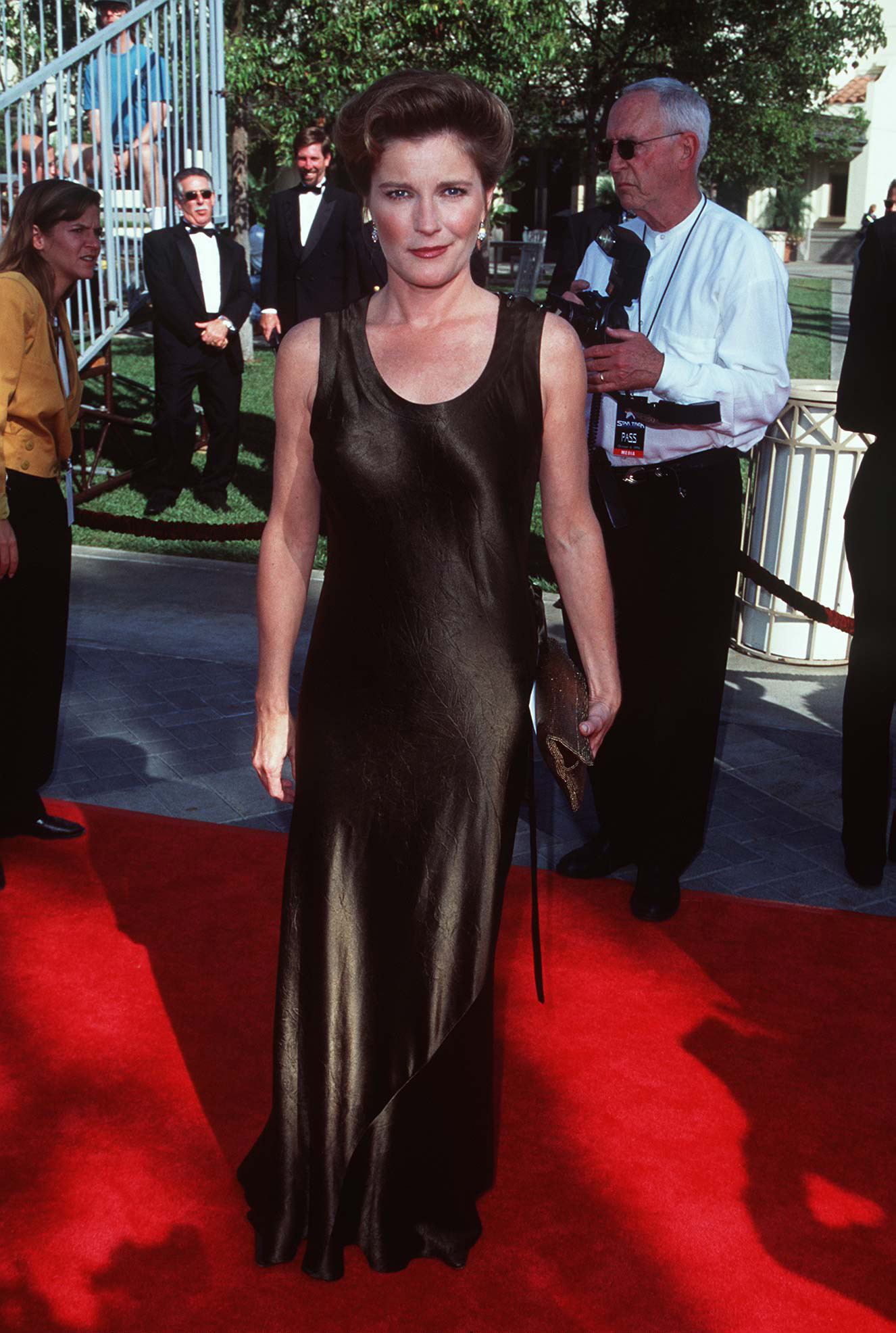
The actress seen on October 6, 1996 | Source: Getty Images
In that moment, millions of viewers were watching, unaware that the emotions she was portraying on screen were being mirrored, almost unbearably, in her personal life. She held her grief back as cameras rolled, but the sense of loss was immediate and overwhelming.
“I remember thinking, ‘If you cry, you will not stop. So you must not,'” she shared. That same week, she returned to Catholic Charities and begged them to reverse the adoption. “I begged,” she admitted in an interview. “I made a mistake.” But the agency was firm. “No, no, no, no, no,” they told her. The decision was final.
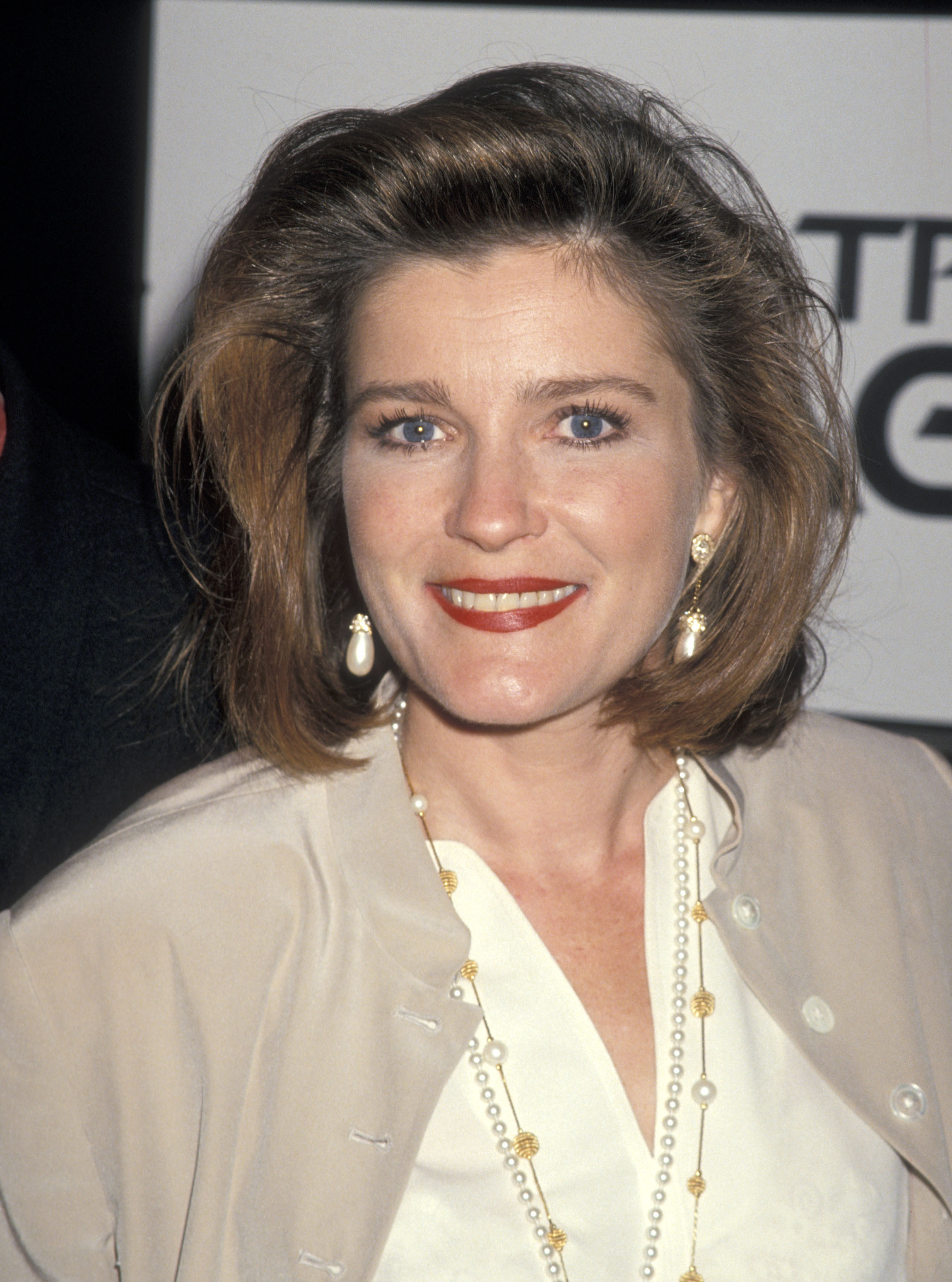
The actress attends a press conference on January 16, 1995 | Source: Getty Images
Career Growth and Silent Searching
After the adoption, she resumed her career without pause. Over the next two decades, she took on a range of television roles, including a part on “Cheers” as one of Sam Malone’s girlfriends. She later became the first woman to lead a “Star Trek” series, playing Captain Kathryn Janeway on “Star Trek: Voyager.”
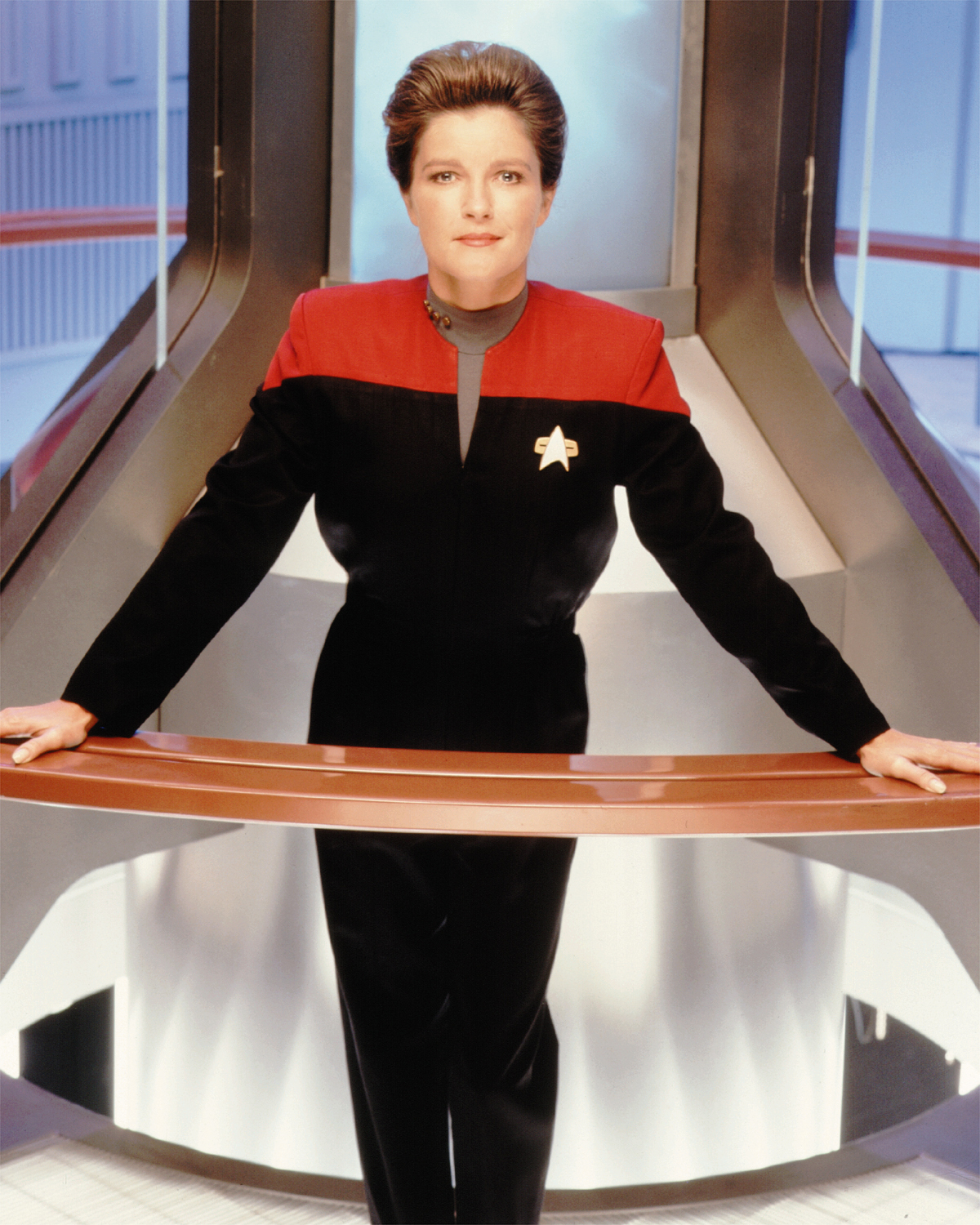
The “Star Trek: Voyager” actress as Captain Kathryn Janeway, circa 1996 | Source: Getty Images
Decades later, she would also become known as Red Reznikov in “Orange Is the New Black.” But even as her public profile grew, her search for her daughter never stopped. She hired three private investigators over the years and kept pressuring the church for any information.
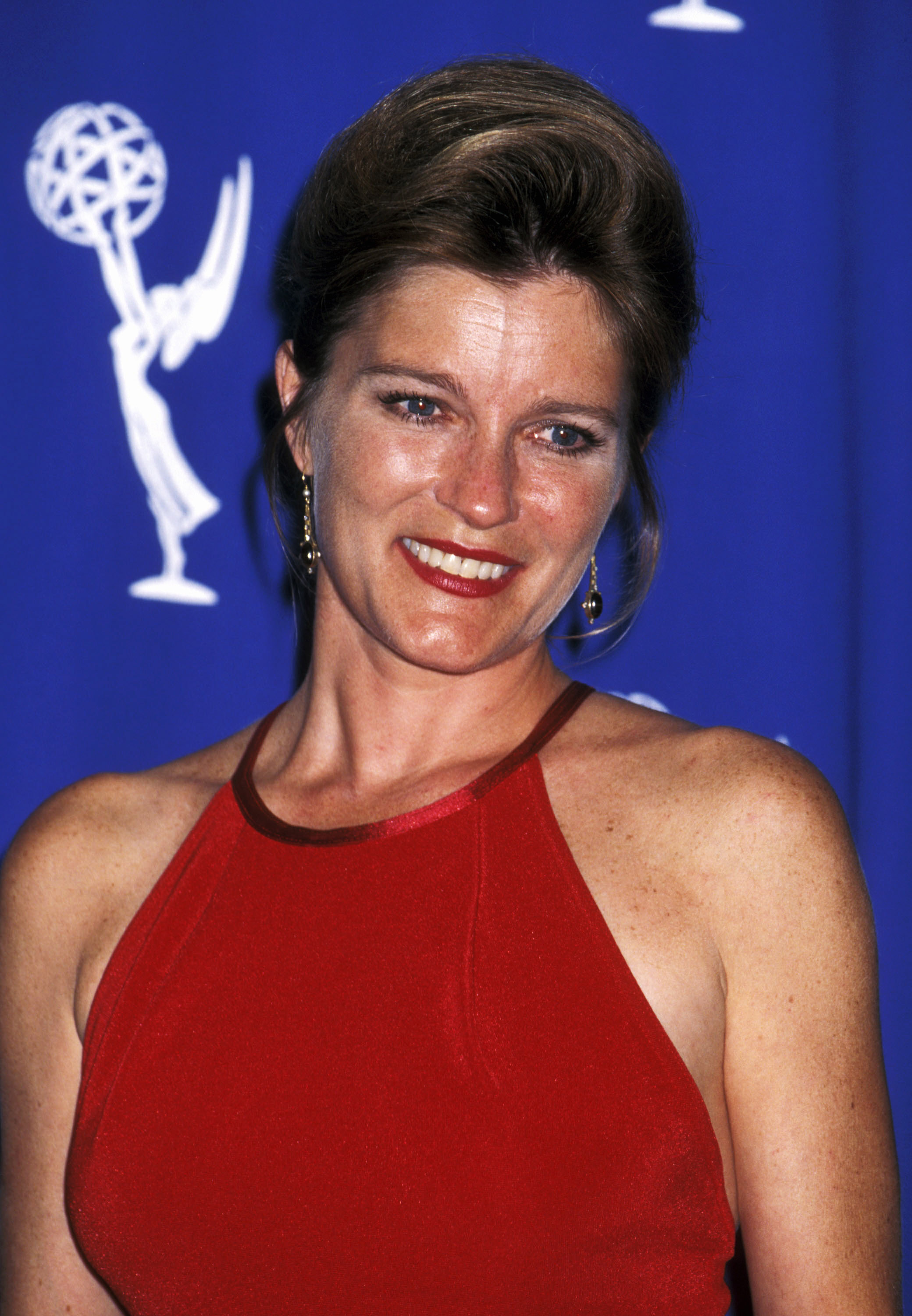
The actress attends the 48th Annual Primetime Emmy Awards on September 8, 1996 | Source: Getty Images
“She will always be in front of me and I’ll find her,” she once said. In early relationships, she would sometimes reveal her story to see how men would react. She described it as throwing herself on a spear to test their understanding. The first man who met her story with empathy was politician Tim Hagan, whom she later married.
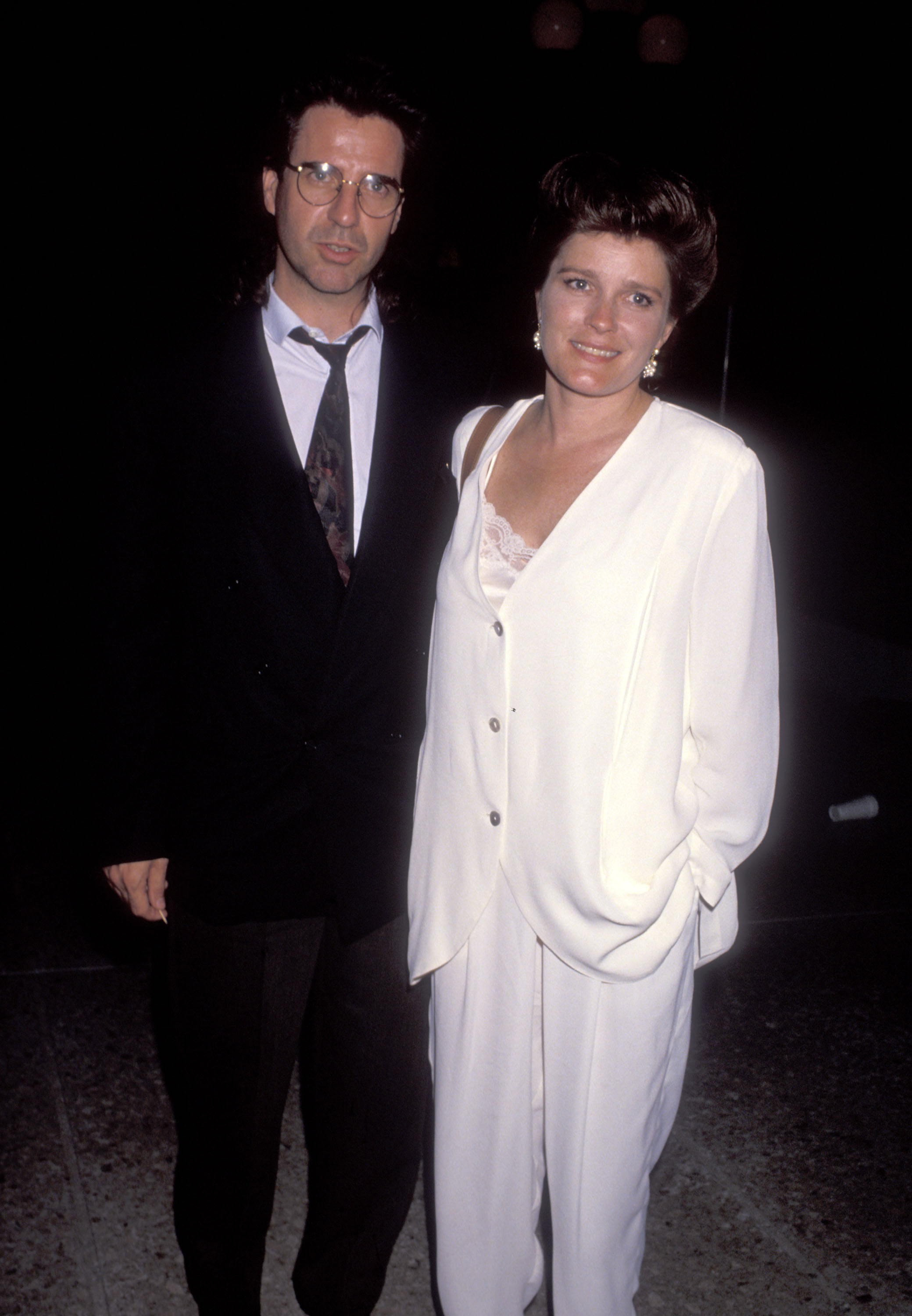
Robert H. Egan and the actress attend the City of Angels Opening Night Performance on September 25, 1991 | Source: Getty Images
“My God, how that must have cost you. How did you get through it?” he said to her across a fire during one of their early conversations. The couple later married and had two sons, Ian and Alec. They settled in Seattle.
Amid building a family and sustaining a public career, she continued reaching out to the agency that had handled the adoption. For 20 years, Catholic Charities held firm, refusing to release any contact details. The search remained fruitless until she crossed paths with someone who had been there at the beginning.
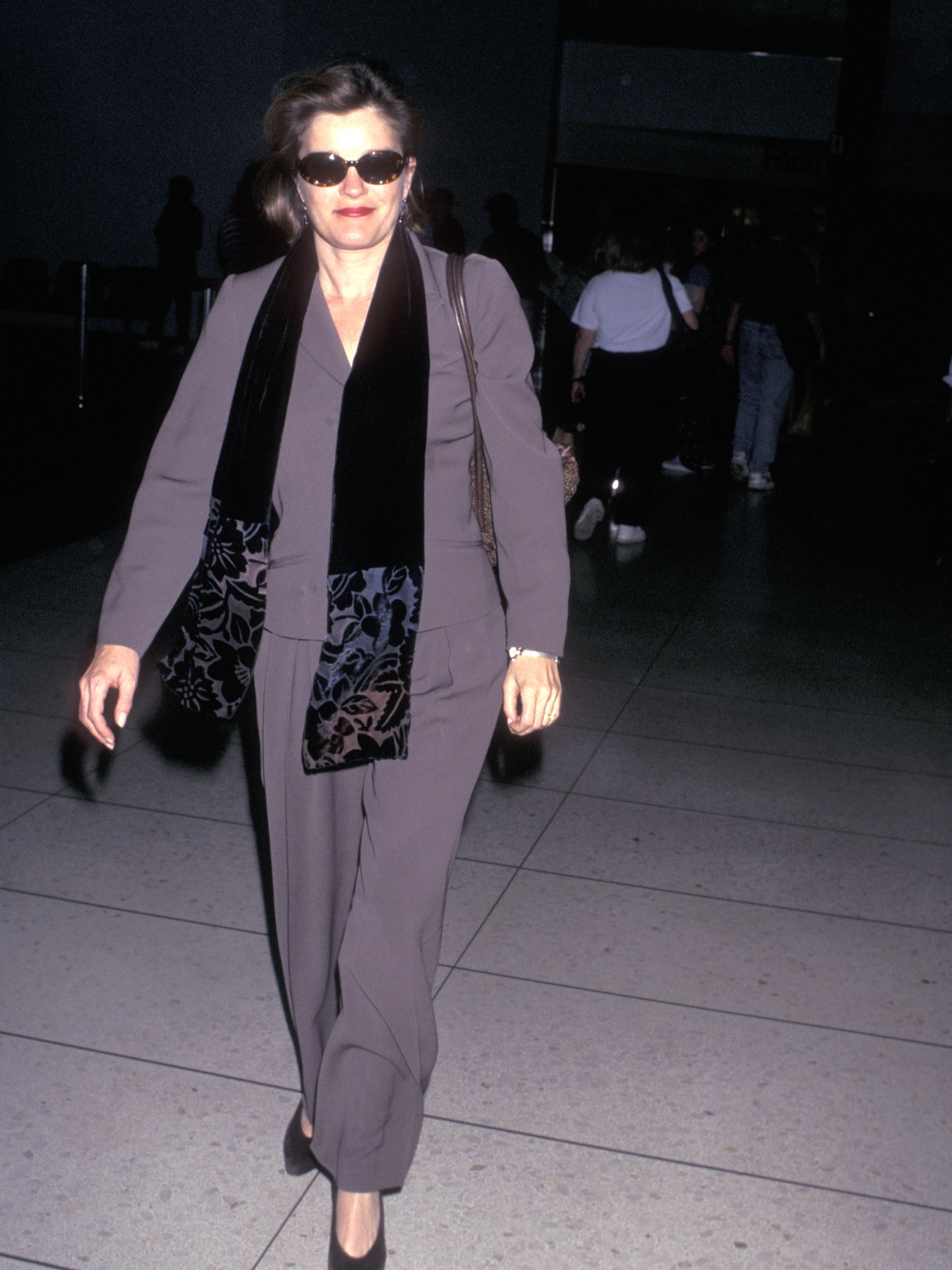
The actress pictured on March 19, 1997 | Source: Getty Images
A Chance Meeting and a Long-Awaited Call
In 1998, more than two decades after the adoption, she unexpectedly crossed paths with Sister Una, the nun who had supervised the adoption. Until then, the adoption agency had denied all her requests for contact or information. But this encounter marked a turning point.
Sister Una agreed to send adoption registry forms to both her and her daughter. By sheer coincidence, both forms were filled out and returned in the same week. Months later, in 1999, while she was on the set of “Star Trek: Voyager,” her phone rang at 5 a.m.
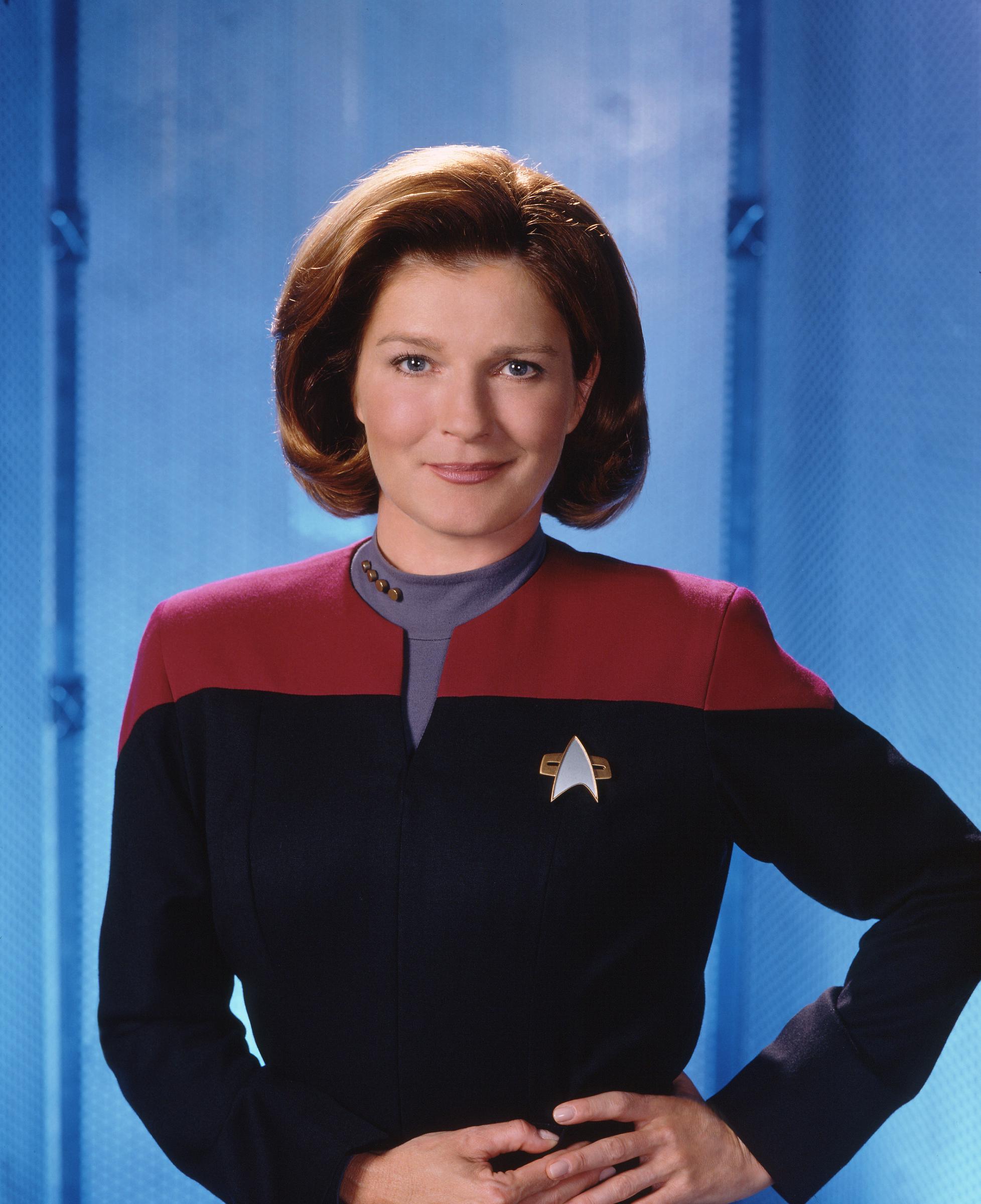
The “Star Trek: Voyager” actress as Captain Kathryn Janeway on March 19, 1997 | Source: Getty Images
She was inside her trailer when she answered. “Hi. This is Danielle Gaudette. And I think I am your birth daughter,” said a voice from the other end. They agreed to meet that weekend at the Charles Hotel in Cambridge, Massachusetts. The plan was to meet at noon, but the actress arrived three hours early, afraid she might somehow miss her.
As she waited in the lobby, she watched every person who walked through the door. “Everybody who came through that door was my daughter,” she later shared. Danielle Gaudette had sent a letter to Catholic Charities the year before, but never received a reply. The letter never reached her birth mother.
When she got the call about a possible match, she was at home waiting for a taxi to work. “My world shrank into a tunnel,” she remembered. “It was like 8 a.m., and the phone rang, and this woman said, ‘We think we’ve found a match.’ Immediately, I’m like … it’s hard to describe. What is it? Fear? Panic? Anxiety? It was definitely adrenaline.”
Danielle didn’t eat for four days leading up to the meeting. When she finally walked into the hotel lobby, she spotted her immediately and rushed over. They embraced for the first time. “I believe I’m your mother,” she whispered. Danielle responded, “Yes, I believe you are.”
They moved to the hotel bar and ordered wine. “I couldn’t feel anything,” Danielle recalled. “I was utterly disconnected from my body.” What surprised her most was her birth mother’s openness. “She really wanted to be a part of my life, which I wasn’t expecting. But I was open to it.”
Rebuilding Trust, Facing the Pain
Their reunion was the start of a healing journey that unfolded gradually. During a later visit in Boston, Danielle became aware of how deeply the adoption had shaped her inner world. She found herself distracted by thoughts and emotions she hadn’t fully processed.
She realized that the experience had affected many of her relationships over the years. When she read her birth mother’s memoir, “Born With Teeth,” the moment describing their first phone call struck her deeply.
She wept as she read the chapter where their two stories finally intersected. “It just clicked inside my head,” she said. “I had a huge release of emotion when I read it.” Her birth mother, in turn, had written the book to tell the truth as honestly as possible.
She had waited years to put it all into words, held back by fear, shame, and the fear of judgment from family members who were still alive at the time. In sharing her story, she acknowledged a lasting sense of regret, especially over not fighting harder to keep her daughter.
A New Family and Ongoing Healing
When Kate Mulgrew met her grown daughter for the first time, the bond wasn’t immediate, but the effort was. Their early conversations were cautious, their visits intentional. But in time, a relationship began to take shape. Danielle had been raised in Massachusetts by her adoptive parents.
At the time of their reunion, she was studying at the University of Iowa. After their first meeting in Cambridge, Kate flew out to meet Danielle’s adoptive family. Her adoptive mother passed away the following year, while her adoptive father remained deeply involved in her life.
Over the years, Danielle developed a close relationship with Kate’s sons, Ian and Alec. She became a part of their family life, joining visits, staying connected, and forming new bonds. Kate acknowledged that the past couldn’t be rewritten, but she focused on what time remained.
“There is not enough time to make up for it, only enough time to love,” she said. “So we do.” Over the years, people who have come across Kate and Danielle’s story have shared their reactions publicly. Many expressed admiration for the decision to reunite and for how both women chose to move forward.
One Facebook fan wrote, “Such a beautiful woman. & did what was best for her little baby girl.” Another added, “Awesome to hear they found each other.” One fan commented, “So beautiful. I’m glad she’s in tune with her spiritual and wellness, [sic]” and another exclaimed, “Kate Mulgrew’s genetics!” One called it simply a “Beautiful story!!”
Danielle has spoken openly about how the adoption affected her and how their relationship has evolved. She described the early meetings as intense and overwhelming, but said the connection grew with time.
